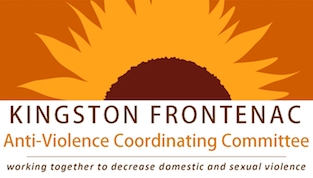Prior to the 1970s, partner abuse and sexual violence were rarely discussed publicly. They were thought to be “private matters” not appropriate for public scrutiny and not requiring government intervention. However, throughout the 1970s and early 1980s, victims and survivors worked with community members, service providers and professionals to bring attention to these issues, establish much needed services, and secure public funding for women’s shelters, sexual assault centres, programs for abusers and other resources.
In 1983, a small group of professionals and service providers established the Coordinating Committee Against Domestic Assault on Women (CCADAOW). They formalized their commitment to creating a comprehensive network of services for victims of partner abuse and their families.
For the next 20 years, representatives from the law enforcement and justice, shelter and housing, health, mental health, and counselling support sectors worked together to:
- build effective, cooperative relationships;
- better understand one another’s responsibilities and challenges;
- share information, resources and expertise;
- improve their understanding of the issue of partner abuse; and,
- enhance the network of services available to victims of partner abuse and their families.
Their efforts culminated in 2003 with the development of a Partner Abuse Protocol, outlining best practices for providing a collaborative response to victims of partner abuse.
In 2005, the Coordinating Committee expanded to include members working with victims and survivors of sexual violence, and the name was officially changed to the Frontenac Domestic and Sexual Violence Council. The Sexual Assault Protocol was launched in 2008 by the Sexual Assault Emergency Protocol Committee.
This group evolved into the Kingston/Frontenac Anti-Violence Coordinating Team, now the Kingston Frontenac Anti-Violence Coordinating Committee (KFACC).

